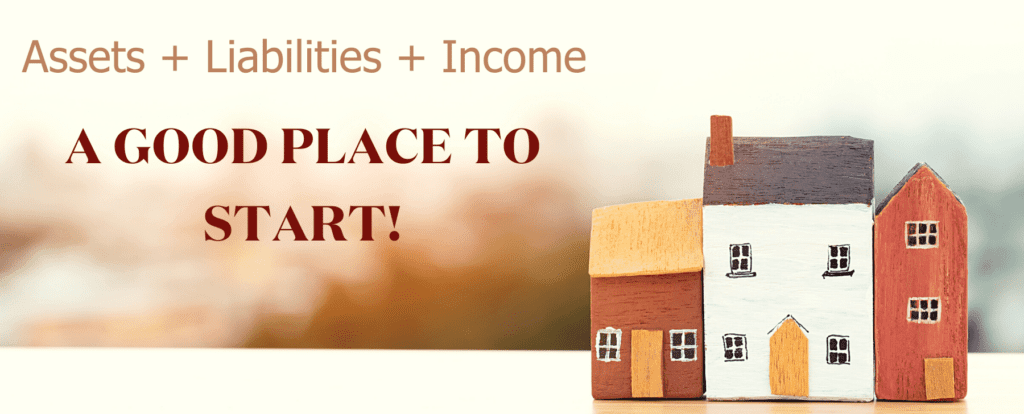
Phillip Keenan
Director Business Services
Most people don’t effectively plan their retirement. If you are young, planning your retirement seems too far away to worry about – they don’t “want” to plan. For those who are middle-aged, repaying debt, paying school fees, and caring for their financially dependent children takes priority – they’re too “busy” for a plan. For those who are close to retirement, it suddenly becomes urgent and important – they “need” a plan, “right now”.
Planning your retirement is important, particularly when you consider the advancements in medicine and improved living conditions. According to the Australian Bureau of Statistics Life Tables, 2017 – 2019 | Australian Bureau of Statistics (abs.gov.au), males and females, living in Australia and aged 65, will on average live for a further 20 and 22.7 years respectively.
To put it more simply if you intend on retiring at the age of 55, the length of your working career may be nearly the same as the length of your retirement.
Planning your retirement should be like any other goal in life, using considered steps to work toward the desired outcome.
How to plan your retirement in 9 steps
We’ve summarised 9 steps for you to consider as part of your plan toward retirement.
1. What you need to know before you start planning your retirement
Before you can work out where you’d like to be and how you’re going to get there you need to know where you are now. Make a list of:
- All of your assets (things you own) and estimate their current market values (don’t forget to include super);
- All of your liabilities (money you owe) and include the term of the loan, current interest rate and minimum repayments.
- Your current annual income and the source of that income (salary, interest, net rental income and dividends are a few examples).
Once you’ve created this list, you can incorporate this into your retirement planning.
2. Planning your retirement age
This is extremely important for several reasons.
- Firstly, you’re unable to access the Federal Government age pension until you reach the age of 65 to 67 (depending on when you were born).
- Secondly, you’re unable to access your super until you satisfy a condition of release. One of the most common conditions of release is reaching preservation age.
- Your preservation age will range from 55 to 60 depending on when you’re born. If you want to know your preservation age, check out the Preservation Age table on the Australian Taxation Office (ATO) website.
- Recommendations relating to the structure of your assets and savings plan will depend on your expected retirement age.
3. Consider where will you live in retirement?
The location of family, friends and climate often dictate the answer to this question. If your intention is to move from a comparatively more affordable town or city to a less affordable town or city, you’ll need to allow for this as part of your retirement planning. By committing more capital to your family home, you’ll generally have less money to invest and therefore you’ll have less income in retirement. This is because most people aren’t earning income from their family home.
If you plan to retire in a more affordable town or city, then this will provide you with opportunities. The surplus capital from the sale of your family home will be available for investment. Therefore, you’ll have the potential to earn more income in retirement.
4. Know how much income you need to retire.
Each person has different “needs” in retirement. Therefore, how much income you need will depend on a range of factors specific to you. Consider your wishes relating to:
- Travel
- Dining out
- Recreational activities and hobbies
- Financially supporting children/grandchildren
- Existing or likely medical expenses
According to the Association of Superannuation Funds of Australia’s (ASFA) Retirement Standard (published Sept 2020), for a modest or comfortable standard of living, a retired single or couple around the age of 65, who is generally healthy and own their own home, will need an annual income of:
- $27,987 (single) and $40,440 (couple) for a modest lifestyle in retirement
- $43,901 (single) and $62,083 (couple) for a comfortable lifestyle in retirement
For more information relating to the Standard and their definition of a modest and comfortable lifestyle check out the publications at Retirement Standard – ASFA (superannuation.asn.au).
Understanding your income needs in retirement is just as important as understanding your expected retirement age. Knowing this when planning your retirement, will influence recommendations relating to the total assets required to support your income needs.
5. Improve your debt management and repayment strategy
Once you’re aware of your liabilities and your minimum repayment obligations, the next step is to develop a debt management and repayment strategy, to incorporate into your retirement planning. This strategy can take many forms but is usually a two-step process.
Firstly, you repay high-interest debt (typically credit cards or personal loans) with low-interest debt (typically debt secured by your family home).
Secondly, you develop a plan for repaying your debt sooner. Making additional repayments on a weekly, fortnightly, or monthly basis will save you a significant amount of money over time and also allow you to repay your debt sooner.
6. Know your superannuation and how to access it.
Superannuation often forms a significant part of your wealth in retirement. It’s important to not only keep track of it but also understand how it’s invested.
Keeping track of your super can be a challenge. If you have multiple superannuation accounts or think you may have lost super, consider consolidating your superannuation into one account. The ATO can assist with this process. Check out the process for following up lost and unclaimed superannuation at Searching for lost super | Australian Taxation Office (ato.gov.au). Following this process is likely to save fees and make it easier to manage.
Your superannuation fund’s annual return and thus your retirement savings will be impacted by how your superannuation money is invested between various asset classes (broadly cash, property, Australian shares and International shares). Ensure that your investment strategy is appropriate for your age and retirement objectives.
7. Do you meet the criteria for the age pension?
If you meet certain conditions relating to age, residency, total assets, and income you’ll be eligible for the Commonwealth age pension. Your maximum entitlement will range from $711.80 to $944.30 per fortnight depending on whether you’re single or in a relationship. Your entitlement will be nil if you fail either the income test (which includes deemed income) or the assets test. Gifts of more than $10,000 in a financial year or more than $30,000 in a five-year period will also affect your eligibility.
Interpreting the rules can be complex so it’s best to seek advice on whether you’ll be eligible to use the age pension to supplement your income in retirement. Alternatively, if you’d like to “go it alone”, you can learn more about the income and assets test on the Service Australia’s website Age Pension – Who can get it – Services Australia.
8. Prepare a budget, or a reverse budget
The idea of having to prepare a budget and then stick to it is both a time-consuming and scary proposition for most of us. It’s for this reason, we recommend a reverse budget. A reverse budget focuses on savings as opposed to micromanaging spending. In simple terms, work out how much you want to save to meet your objectives, set this amount aside automatically on a weekly, fortnightly or monthly basis and then the rest is available for spending.
9. What else do you need to consider when planning your retirement? (estate planning, gifts, financial dependency, professional advice)
You already have a lot to consider, however, some other important considerations for your retirement may be:
- Don’t forget to factor in any financial support you may wish to provide to your children (via gifts or otherwise) in your retirement plan.
- It’s also best to ensure that your estate plan is up to date. A solicitor can be engaged to prepare/review your will, prepare a power of attorney and an advanced health directive.
- Your solicitor will also provide advice on how best to manage your superannuation benefits (note that this asset is not necessarily automatically part of your estate when you die).
The key to successfully planning for your retirement is to start sooner rather than later. Don’t be too dismissive, too busy or leave it too late. These nine steps to planning your retirement will give you a great head start.
After having read these nine steps to planning your retirement, if you feel overwhelmed or confused about where to start, support is never far away. Accountants and licensed financial advisers are best placed to help you with preparing for your retirement.







